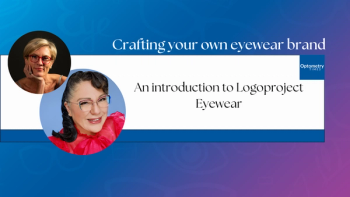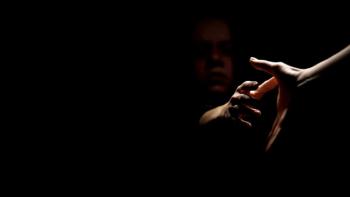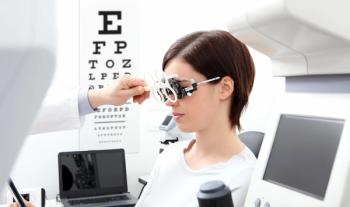
Adolescents with myopia have a higher prevalence of anxiety, mood disorders, study finds
A recent study found that adolescents with myopia that were 16 to 20 years old were twice as likely to develop anxiety and mood disorders.
Myopia has become a growing global health concern, with half of the world’s population to be impacted by the disease by 2050. In a recent study, researchers explored the association between myopia, anxiety, and mood disorders in Israeli adolescents ranging from 16 to 20 years old.
The participants were studied between 2011 and 2022, using evaluations to track sociodemographic and medical histories, physical examinations, and measurements of refraction and best-corrected visual acuity.
The condition was determined in participants using non-cycloplegic right eye spherical equivalent (SEQ) measurements. Once confirmed, diagnoses of anxiety and mood disorders required confirmation by a psychiatric consultant and were categorized according to the International Classification of Diseases, Tenth Revision (ICD-10).
Of the 891,501 adolescents, 279,419 (31.3%) had myopia, with 172,062 (19.3%) having mild symptoms. Additionally, 85,310 (9.6%) had moderate symptoms, while 22,047 (2.5%) had severe symptoms.1
Researchers also discovered that adolescents with myopia had a higher prevalence of anxiety and mood disorders. 1.2% of participants had higher levels of anxiety than those without myopia, and 0.6% of participants had an increased risk of developing mood disorders than those without myopia.1
The prevalence of these mental health conditions increased with myopia severity, with 1.1%, 1.3%, and 1.6% for anxiety, and 0.5%, 0.6%, and 0.7% for mood disorders across mild, moderate, and severe myopia.1
The study underscores the importance of early identification and prevention of myopia progression in children. Researchers hope these findings will also help address both myopia’s direct vision-related outcomes and broader psychosocial implications during adolescence. They suggest that integrated psychological counseling could be beneficial as part of myopia management.
Reference:
Association of myopia with anxiety and mood disorders in adolescents. News release. Nature. Accessed July 19, 2024. https://www.nature.com/articles/s41433-024-03170-6
Newsletter
Want more insights like this? Subscribe to Optometry Times and get clinical pearls and practice tips delivered straight to your inbox.
















































.png)


